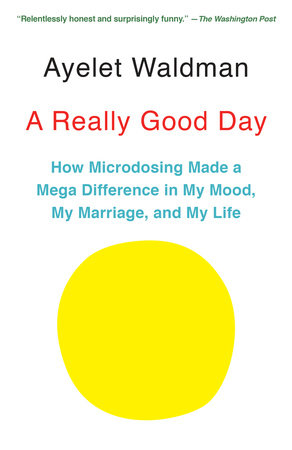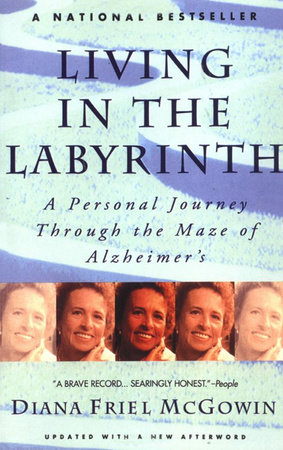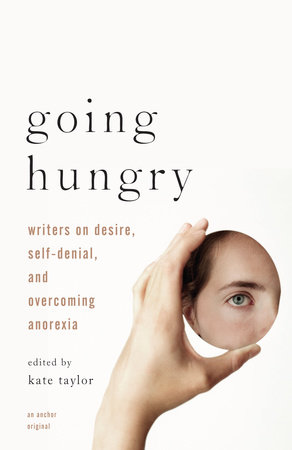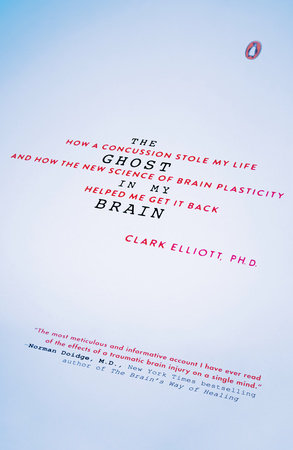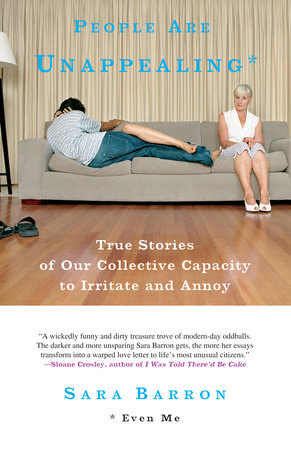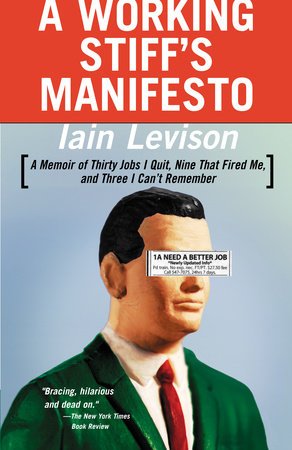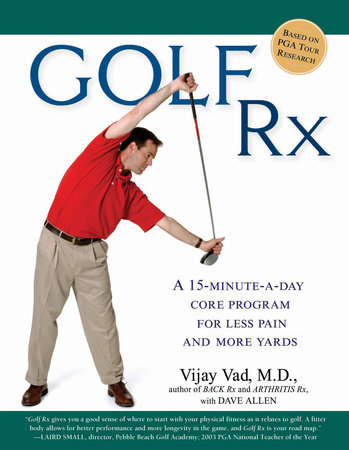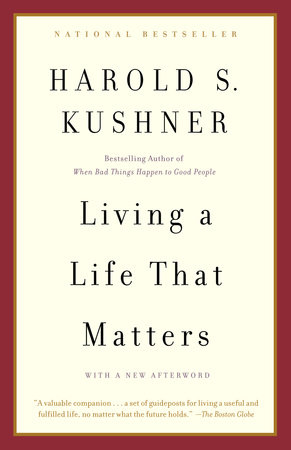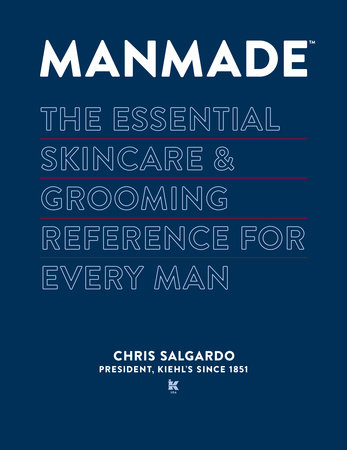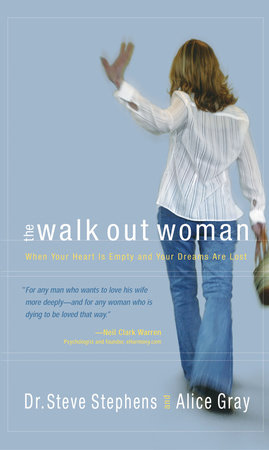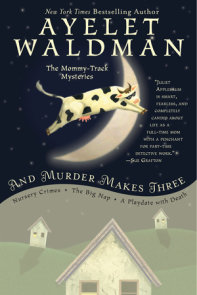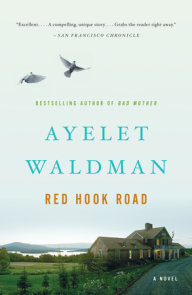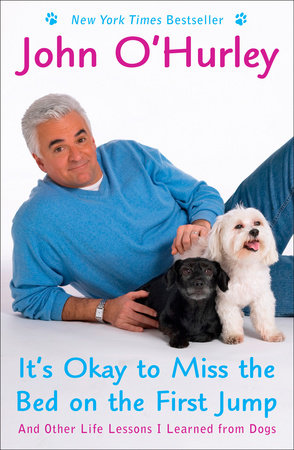Author Q&A
Q: What is microdosing?
A: A microdose is a subtherapeutic dose of a drug administered at a quantity low enough to elicit no adverse side effects, yet high enough for a measurable cellular response. A microdose of a psychedelic drug is approximately one-tenth of a typical dose. A recreational user of LSD looking for a trip complete with visual hallucinations might ingest between 100 and 150 micrograms of the drug. For my experiment, I took ten micrograms, a microdose.
Q: How does one arrive at a moment where one considers taking a microdose of LSD as an option to treat their mood disorder?
A: In my case, it was all because of perimenopause. For years I had been successfully treating my pre-menstrual dysphoric disorder (basically really bad PMS) with a week of SSRIs, right before my period. Things were predictable and peaceful. Then the inevitable happened. I entered perimenopause, and my period became irregular. Some cycles lasted thirty days, others twenty. Sometimes I’d skip a period or two altogether. With my period behaving like an ambivalent Victorian suitor who drops his visiting card rarely and on no discernible schedule, I could not time my SSRIs. I found myself in a state of seemingly perpetual irritability. I seethed, I turned that fury on the people around me, and then I collapsed in shame at these outbursts. These alternating states of anger and despair came far more frequently than before, and made me feel hopeless. I couldn’t seem to find pleasure in my life, or even contentment. I saw the world through a sad and dingy scrim. I knew there was light and love on the other side, but I couldn’t manage to lift the grimy curtain of my unhappiness.
My husband, who had been dealing with my vicissitudes of mood for years, seemed finally to be exhausted by them. We fought, and we seemed to take far longer to recover from our altercations. I tried lots of other things, but none worked. I was, frankly, desperate.
Q: Can you explain what happens when you microdose?
A: The dose is sub-perceptual, so you don’t really notice anything. Sometimes I felt like my senses were ever-so-slightly heightened, but that feeling only lasted a few minutes. The former psychedelic researcher, James Fadiman published a book in 2011 called The Psychedelic Explorer’s Guide: Safe, Therapeutic, and Sacred Journeys. The individuals whose reports Fadiman presented in his book experienced “joy and gratitude,” increased focus, better mood. My experience closely tracks that. They reported rarely losing their tempers, becoming more fun to be with. That’s precisely what I experienced. I also sometimes felt a little bit irritable on the microdose day (there’s a three-day cycle: dose on day one, then continued to notice positive effects on day two, then day three without a dose to reach “normal.”) I also sometimes had trouble sleeping on the nights of microdose day.
Q: How was your experience with microdosing different than your experience with prescription drugs? Did you find it to be more effective?
A: SSRIs administered during my premenstrual week were very effective so long as I was regular. But they didn’t make me productive, and they had lots of unpleasant side effects like loss of sex drive and weight gain. Microdosing was as–if not more–effective. It also made me more productive. The side effects (see above) were minor and easily manageable.
Q: Was microdosing something you kept a secret from your family and friends?
A: At first I only told my husband and James Fadiman. Eventually I started telling close friends. The last people I told were my children, and then only after the experiment was over.
Q: As a writer, did it affect your creativity?
A: It is in the area of work that I noticed the most dramatic change. I don’t know if this is a result of the protocol itself, or a result of my decision to use the structure of the protocol as a means to force myself to put words on paper each and every day. I took just a single day off during the thirty-day period, something out of the ordinary for me. Usually, I work only during the week, and even then I often find excuses not to sit down and bang out the words. I am a marvelously effective procrastinator, in that I don’t spend much time fretting over why I am procrastinating. I usually just get right to it. And yet, over those thirty days, I never wrote fewer than two pages a day and sometimes wrote as many as ten. I have once or twice before in my life written this much in a single month, but never with such ease and pleasure.
Q: As a wife and mother, did it change the lines of communication with your husband and children?
A: Definitely. My younger daughter said, “You’ve been much happier. You’ve been controlling your emotions. Like, when you’re angry, you’re super-chill.” My younger son agreed: “You’ve been nicer and happier. You’ve gotten angry less.” My older son’s response was especially sweet. “I’ve noticed a change, for sure. You’ve been kind of playing around in a way you haven’t before. You’re more funny and lively. There’s been a lot of things we had to deal with that were stressful, but you didn’t scream or yell.” In all my career as both a writer and a mother, those are some of the kindest reviews I’ve ever received.
In terms of my marriage – it’s no exaggeration to say that it saved it. We were at the brink of disaster. Now we are happy. It’s incredible.
Q: How did LSD affect your long-term pain?
A: The pain of my frozen shoulder substantially decreased. Pain no longer interrupted my sleep. I don’t know whether this can fairly be attributed to the microdose, however. Most people do experience an eventual easing of such symptoms. Maybe it’s just a coincidence that that was the month when it began to unfreeze.
Q: Prior to becoming an author, you were a federal defender. How did that aspect of your personal history affect your experiment?
A: I think it made me unusually knowledgeable, and unusually paranoid.
Q: What’s your biggest worry about publishing a book about LSD?
A: You mean besides arrest and being found to be an unfit mother and having my children taken away from me? Embarrassment, I suppose.
Q: Would you be an advocate of more studies of LSD use to treat mood disorders?
A: Absolutely. We currently have so many treatments for mental illness and mood disorders that are very problematic. Many work no better than placebos. We need as much research as possible in all arenas. We need not fear any drug, but rather explore and test.
Q: Can you explain the title of your book?
A: It comes from James Fadiman. Soon after his book publication, in a lecture at a conference on the potential therapeutic value of psychedelic drugs, Fadiman presented what he had learned from reading the dozens of reports mailed and e-mailed to him (some, though by no means all of them anonymously). He said about microdosing, “What many people are reporting is, at the end of the day, they say, ‘That was a really good day.’”
